Motorcycles, photographs and stories are intricately intertwined in the life of legendary New York-based lensman Allan Tannenbaum. After decades of capturing stunning and important images of musicians, world altering events and simple moments of everyday life, a few years ago Allan was invited to share his work and experiences at a Motos and Photos NYC event. There, he met filmmaker and motorcyclist Jean Pierre Kathoefer, or as he prefers, JP. “We met there first, and then several more times at other motorcycle events,” says JP, whose daily rider is a KTM 990 Adventure. Born in Germany, JP began riding at a very early age aboard a Yamaha PW50. A career in IT brought him to New York some 10 years ago, but filmmaking took precedence after purchasing a GoPro camera – and then becoming very proficient with all manner of movie equipment. Six years ago, JP founded the video production company johnnypuetz Productions.
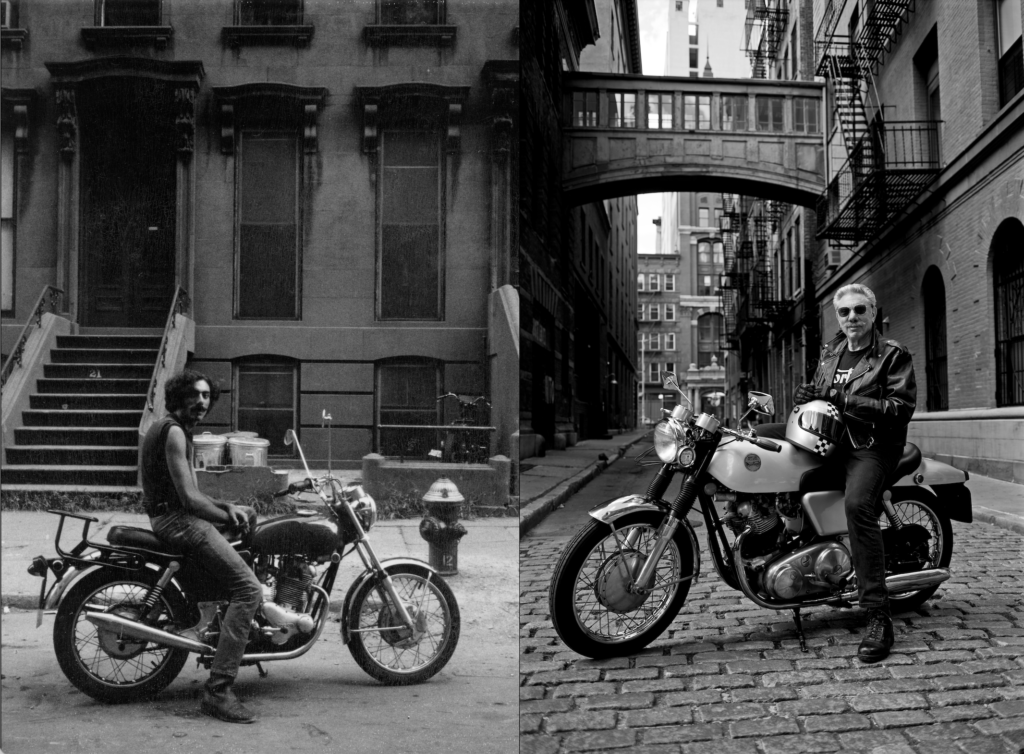
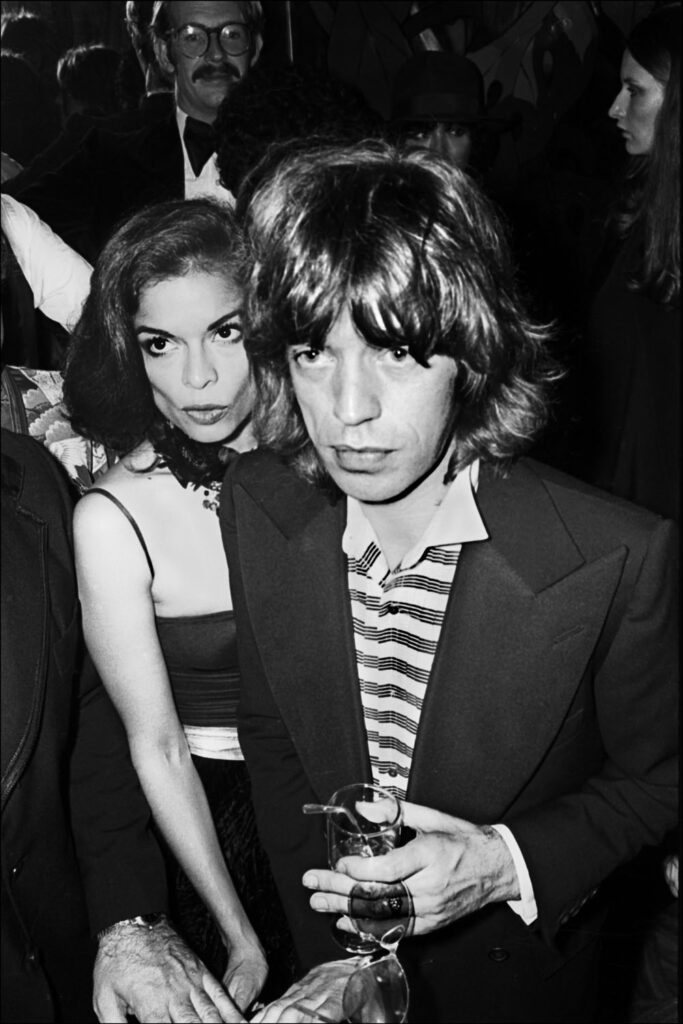
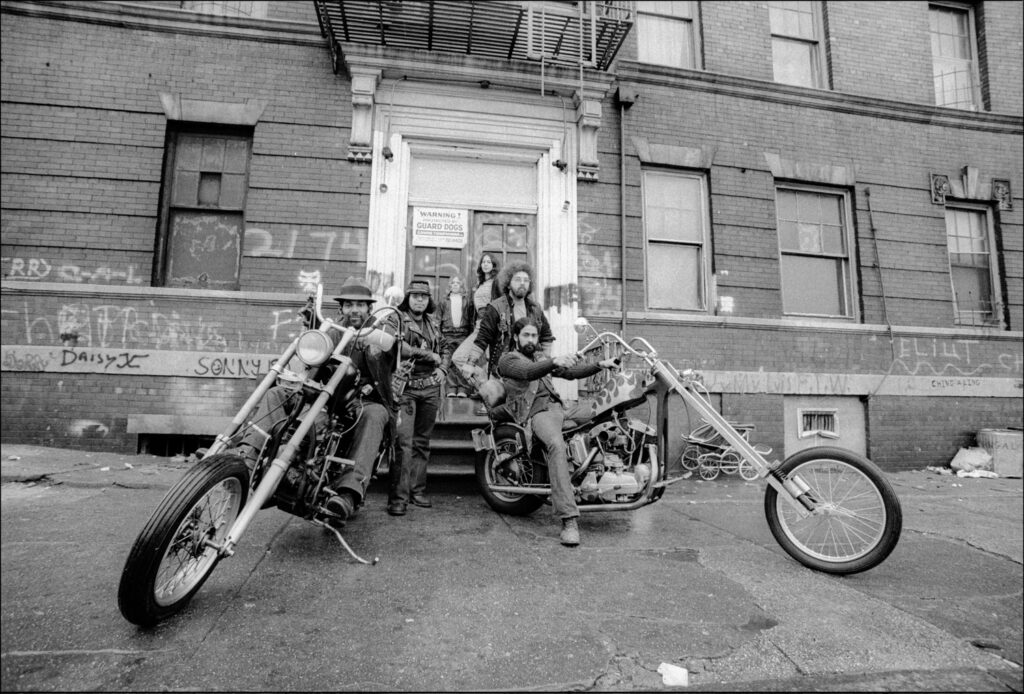
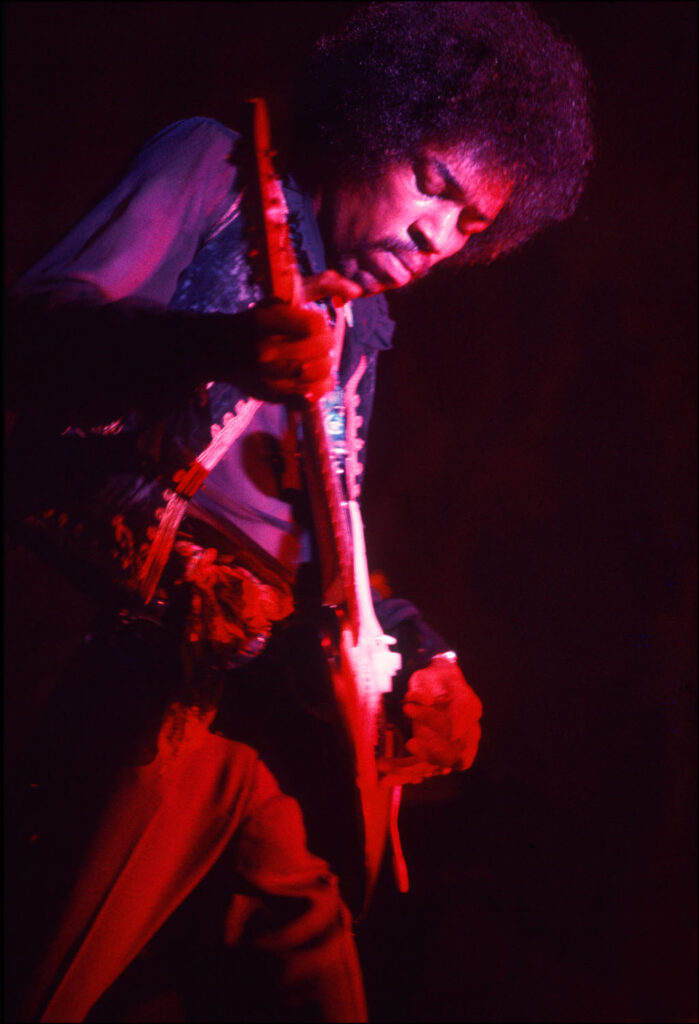
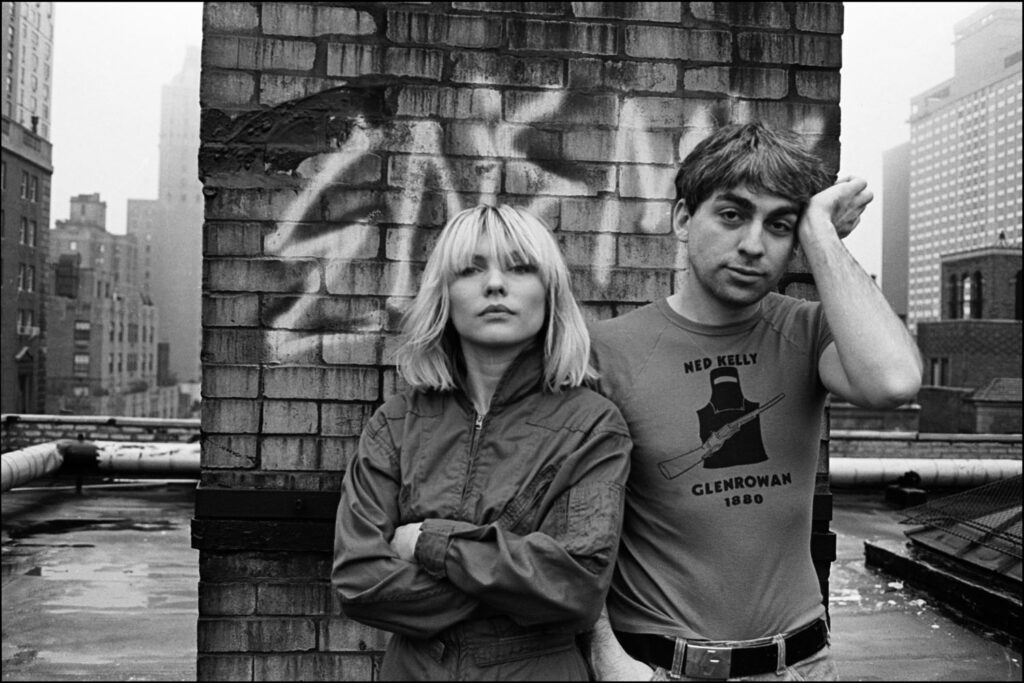
From ‘SoHo Blues – A Personal Photographic Diary of New York City in the 1970s’ by SoHo Weekly News chief photographer Allan Tannenbaum.
In the summer of 1964, after his sophomore year at Rutgers University, Allan and a friend with a 1940 Studebaker sedan drove the car across Route 66 to Los Angeles and up the Pacific Coast Highway to San Francisco where they stayed with friends in a loft on the Embarcadero. “That was, I guess, my first big adventure,” he says. It was also when he experienced his first yearning to learn about photography. While in San Francisco, outside the main post office, Allan witnessed an anti-Vietnam war demonstration. “My friend had a nice 35mm Miranda camera which he’d left in the car, and I felt the urge to take pictures. I wanted to use the camera, but realized I didn’t have a clue. That was it, I said I wanted to learn how to take pictures.”
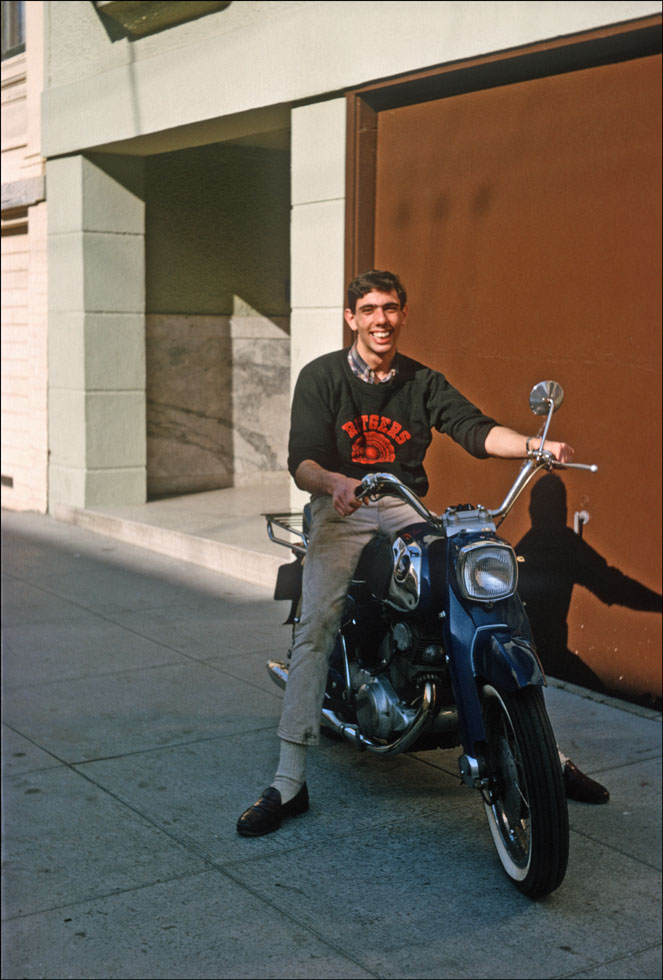
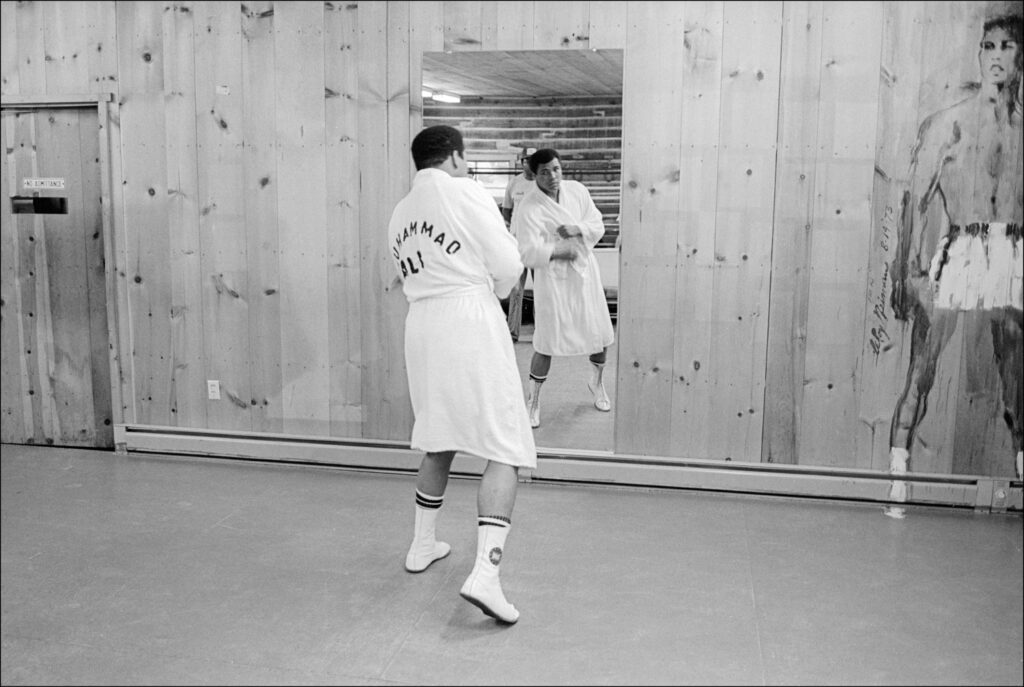
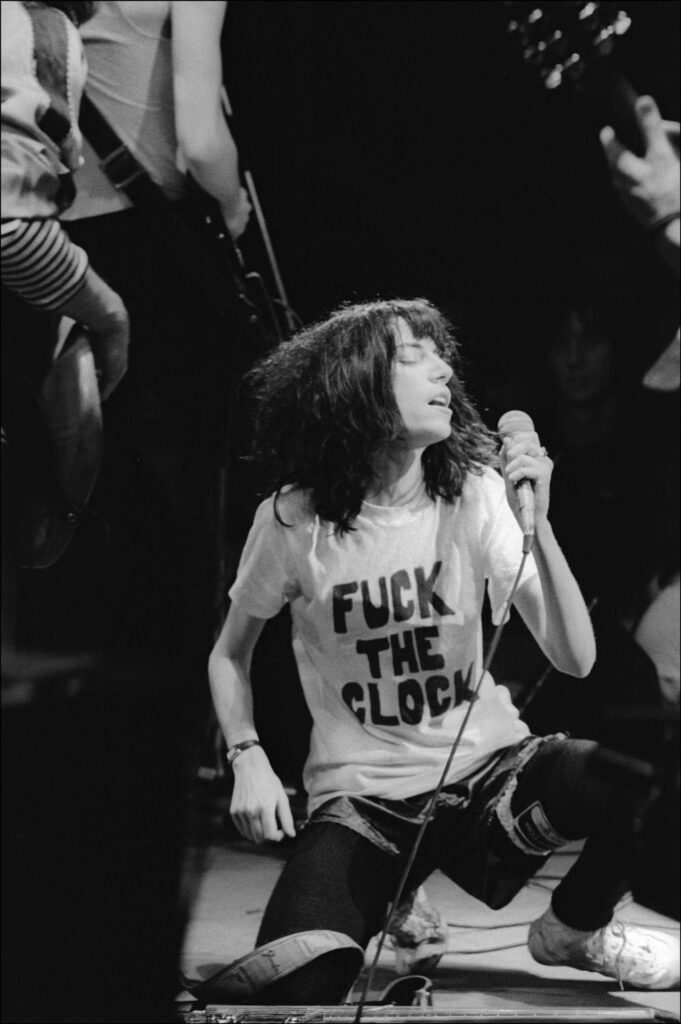
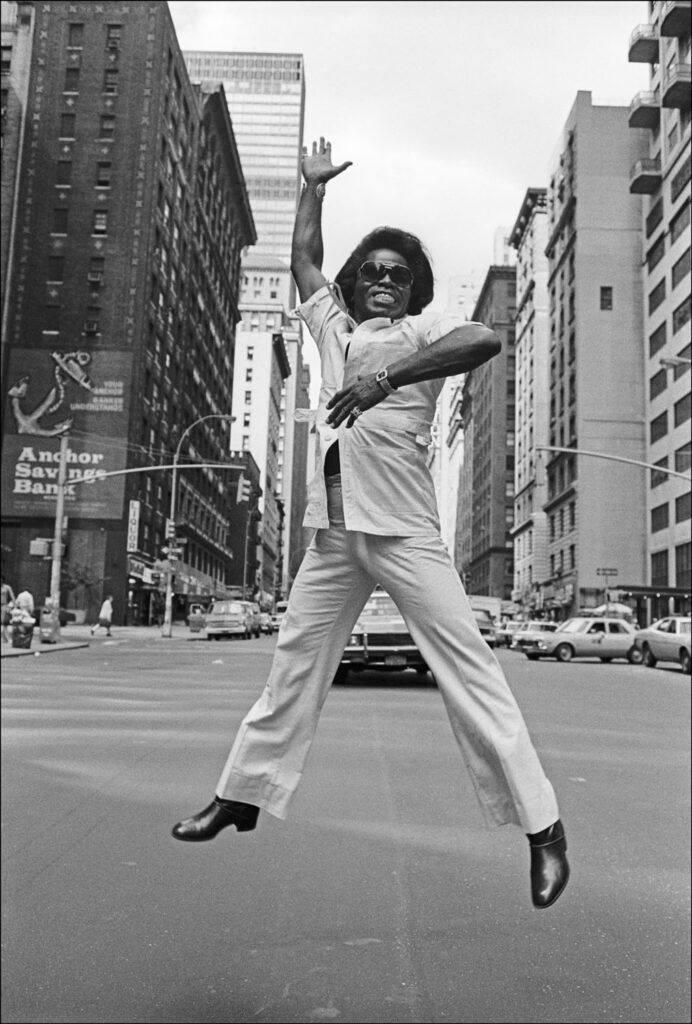
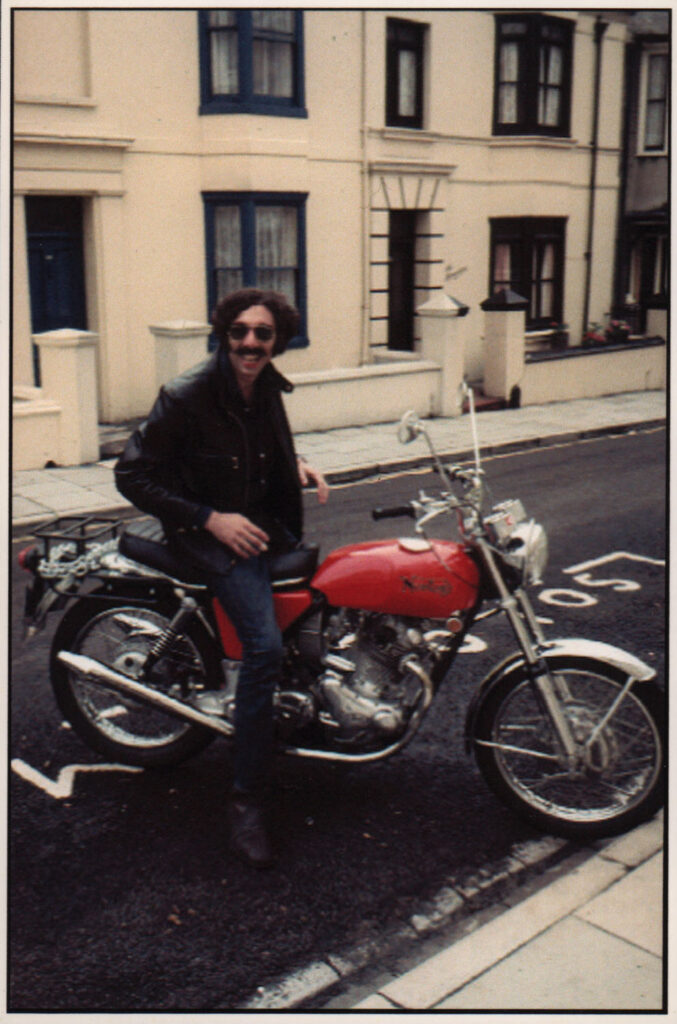
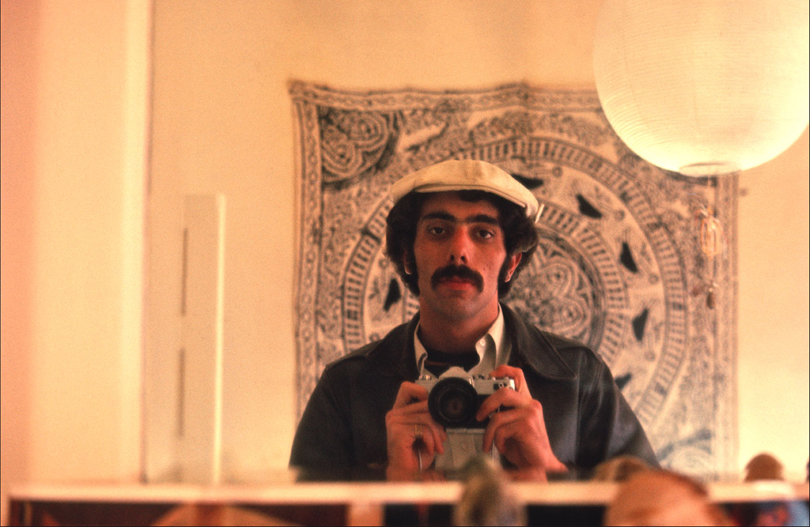

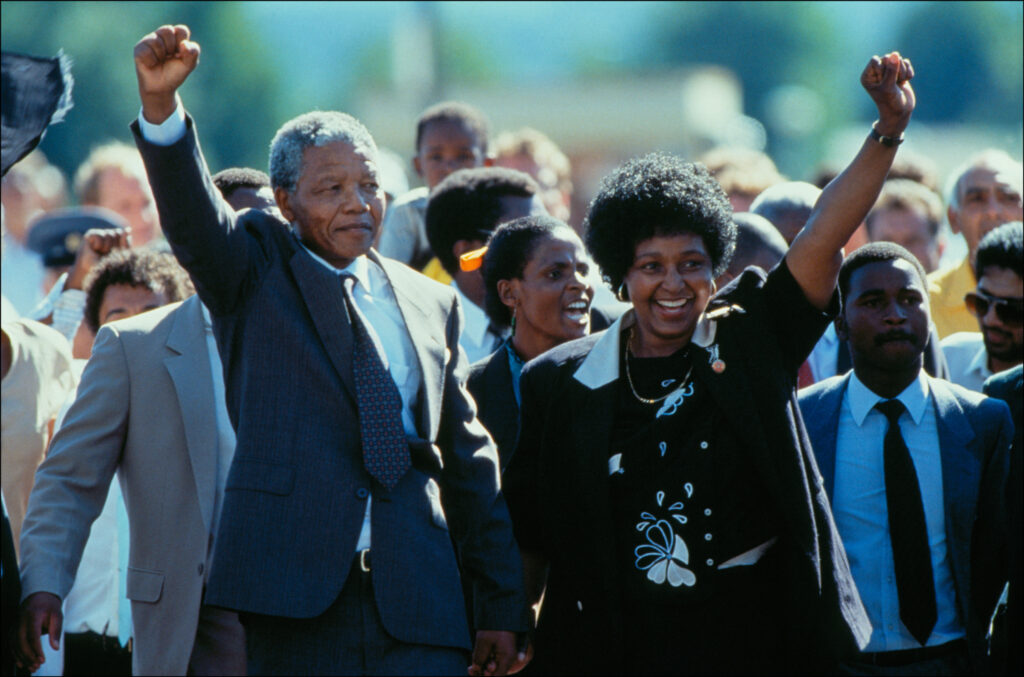

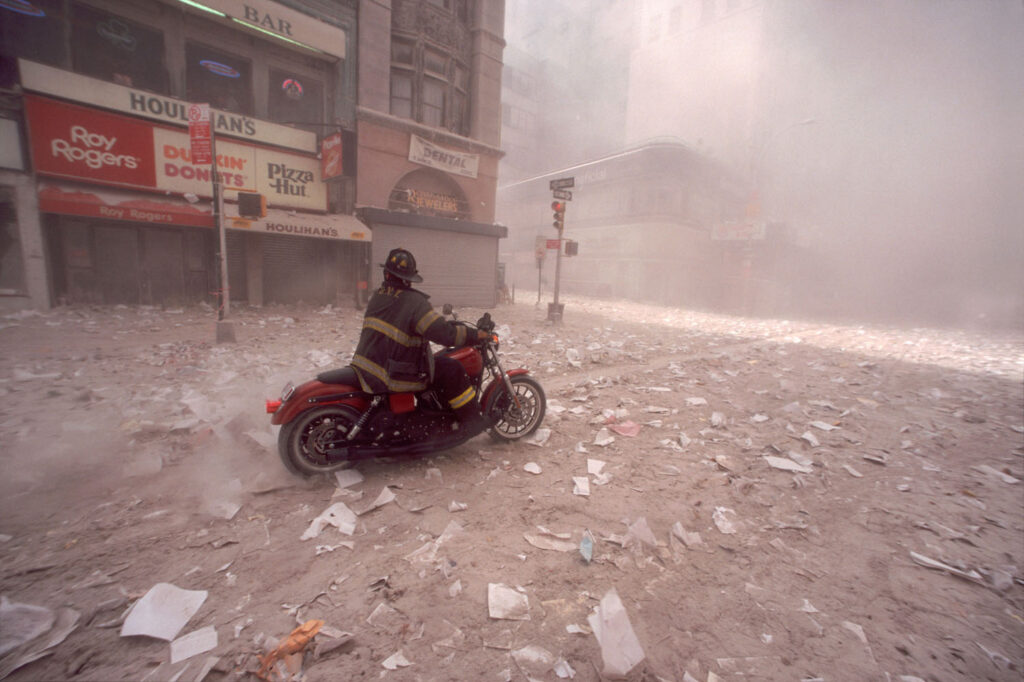
Firefighter Tim Duffy arrives downtown on his Harley-Davidson after 1st tower had collapsed. [Allan Tannenbaum]
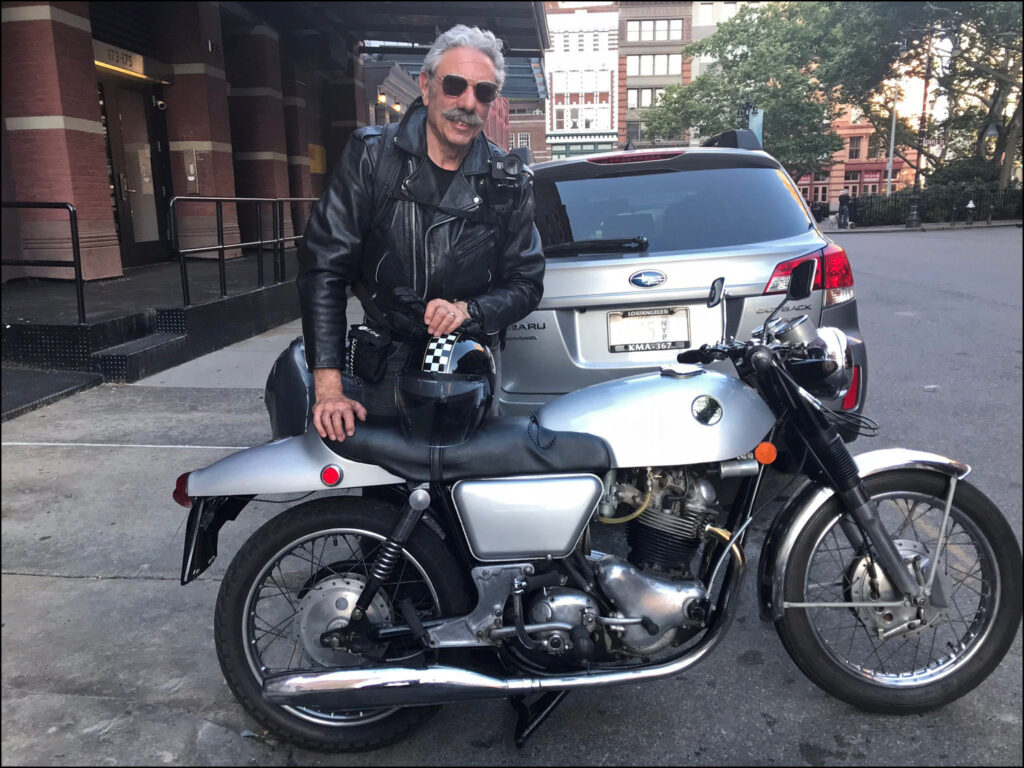
You can watch the full film about Allan Tannenbaum, ‘Back to the Present’, on vimeo.
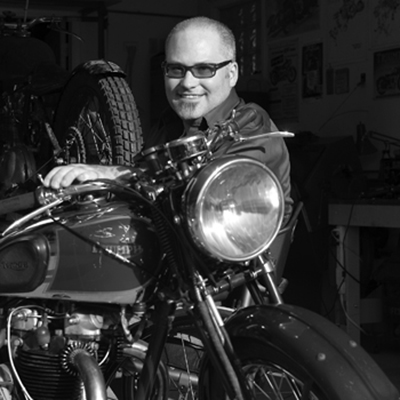

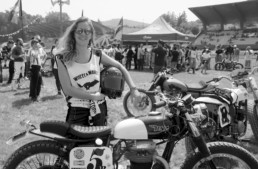
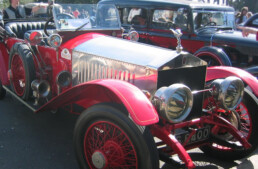
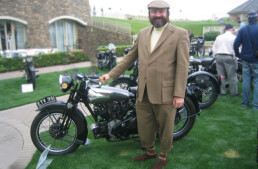
Now that …. is photography !!! Though my preference be for B&W ( I’m sill loyal to my Leica M6 outfit ) regardless of subject matter or format … again …. THAT .. is photography at its finest . Gonna hat ta track down a couple of the good sirs books for my collection … I mean … hell … how can I not support a fellow Joisey boy ?
As for his optimism though …. suffice it to say … wish he’d let me in on his secret .. case to be honest in all I’ve seen ( more often first hadn’t than I care to remember ) … I’m pretty much convinced we’re (bleeped ) … though I’ll gladly be proven wrong
Tak to PdO for alerting me to the complete film … and ahh … pardon me while I gives it another go … or two
😎
Hmmmm …. lookin at those Vegas prices …. Mr Tannenbaum better jump on the bandwagon quickly if its another snortin Norton he’s go his heart set on .
Prices are still in the … errr … cough … sputter … reasonable range ( under $20k ) but seem to be on the upswing .